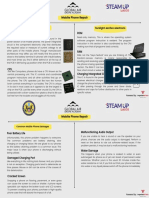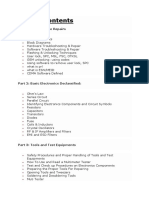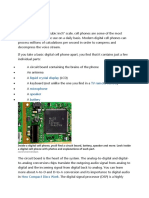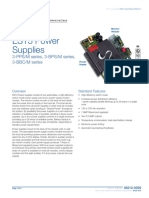0% found this document useful (0 votes)
166 views24 pagesPhysics Project
Uploaded by
b2vvf25yt9Copyright
© © All Rights Reserved
We take content rights seriously. If you suspect this is your content, claim it here.
Available Formats
Download as PPTX, PDF, TXT or read online on Scribd
0% found this document useful (0 votes)
166 views24 pagesPhysics Project
Uploaded by
b2vvf25yt9Copyright
© © All Rights Reserved
We take content rights seriously. If you suspect this is your content, claim it here.
Available Formats
Download as PPTX, PDF, TXT or read online on Scribd
/ 24

















































































